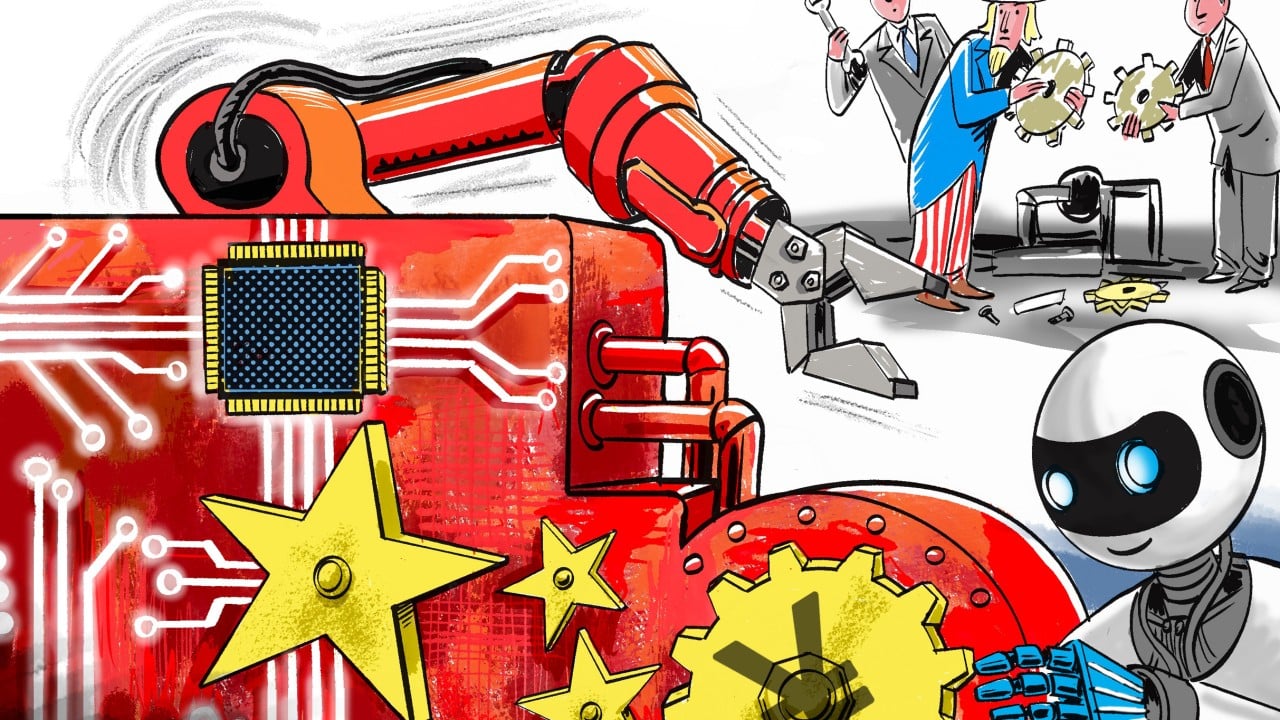“We do not need to chase [after other countries], we are the road,” said President Xi Jinping after inaugurating a major scientific project in Sanya, Hainan province, in 2018. Xi urged scientists to push the boundaries of technological development.
Advertisement
Xi’s bold statement not only reflected his boundless confidence in China’s scientific community but also the wisdom of the “Made in China 2025” national economic strategy, which has produced nothing less than a technological renaissance.
Thanks to a remarkably successful industrial policy, China has rapidly transformed from a low-cost world factory to a hi-tech global hub. It has reduced its dependence on foreign technology, which has clear national security benefits, while also ensuring others must rely on Chinese products.
Leveraging its robust and dynamic economy, China has successfully withstood the trade war. The Chinese model of development has prompted some experts to re-examine their basic assumptions about growth and innovation. Western industrial powers now seem to be emulating China even as they admonish Beijing for its “overcapacity” and supposed predatory trade practices. It’s no wonder that China has become a developmental model for nations in the Global South.
Even the US, under President Donald Trump, seems to be abandoning its free-market ideology in favour of state capitalism. As Xi prepares for a summit with Trump on the sidelines of the Asia-Pacific Economic Cooperation summit in South Korea, he will find both an aggrieved rival and a grudging admirer in his American counterpart.
Advertisement
Much of the discourse about Trump has focused on his authoritarianism and nativism. This is understandable, given the consequences for immigrants and the American pluralistic social fabric in general. Nevertheless, what makes Trump so unique in contemporary politics is his unabashed assault on the country’s commitment to free-market capitalism.

